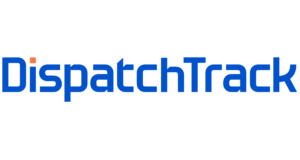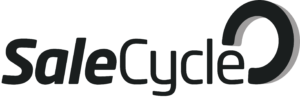
HOW TO STOP DEAL SLIPPAGE
Put an end to revenue delays and bad forecasting
Table of Contents
TL; DR
Missed 2023 sales targets? Tired of deal slippage and inacurate forecasts?
Here are the best strategies to combat deal slippage in 2023: standardising sales playbooks for consistency, adopting a unified sales methodology for clear internal communication, and aligning teams for efficient execution.
These approaches address the complexities of modern sales, ensuring better forecasting, efficiency, and overall success.
85%
Introduction
2023 has been tough for most Sales orgs. Difficulty forecasting, budget constraints, more due diligence in buying processes, larger buying committees, and tech stack simplification have all contributed. This led to an unforeseen amount of deal slippage. In fact, 53% of committed deals slip according to the CSO, and 85% of B2B firms regularly miss their monthly forecast, says Clari.

Mick Gosset
CEO of Jointflows
Years of loose Revenue Execution mixed with economic headwinds have led to a huge number of layoffs: 168,243 from January to June 2023, according to TechCrunch.
Understanding the Reasons for Slippage
Slippage has become the norm and a common scapegoat for all poorly executing revenue teams. At Jointflows, we believe Slippage is self-inflicted and can be reduced to zero by providing the right structure and access to data. Ultimately, deals slip for two single reasons:
1 – You’ve misforecasted the close date: We call this the “Predictability play“.
2 – You’ve not been fast enough to close the deal by the forecasted date: We call this the “Forecasting play“.
The Predictability Play
Changing the close date in your CRM is the definition of slippage.
It could be positive slippage when the deal close date is brought forward, or negative slippage when the deal close date is moved further into the future.
A good starting point for Sales Orgs is to quantify the average deal close date change from opened to won.
This is usually a big CRM blind spot, and something Jointflows addresses from the start.
Being predictable only by using AE’s judgment on the close date and weighted pipeline leads to unsustainable forecasting errors.
The problem:
Forecasting typically involves applying weights or coefficients to pipeline stages.
However, it relies heavily on poor data which only leads to worse outcomes—a classic case of ‘💩 in, 💩 out’.
The Efficiency Play
Another factor is the speed at which you can progress through the buying milestones by the forecasted close date, termed the ‘efficiency play’.
To be efficient, a few ingredients are crucial:
Workflow execution speed: the speed at which you execute revenue progression tasks.
Buying process mapping: the ongoing effort to identify the steps and stakeholders needed to get the deal to the finish line.
Constant deal de-risking: making sure that you proactively avoid bad surprises that could delay the deal.
The problem:
Efficiency efforts often focus on accelerating the prospect’s decision-making process, which is largely outside the sales team’s control.
The real opportunity for improvement lies in internal processes: aligning teams, prioritising workloads, and optimising resource allocation.
Unfortunately, traditional CRM systems fall short in capturing these internal dynamics.
The Reality of Forecasting and Efficiency
Most companies attempt to address these issues in isolation, questioning whether they can forecast better or execute faster.
However, these two aspects are deeply interconnected. Separating them prevents you from seeing the whole picture together.
So how do I address Slippage?
There are three solutions you can implement in parallel to address slippage:
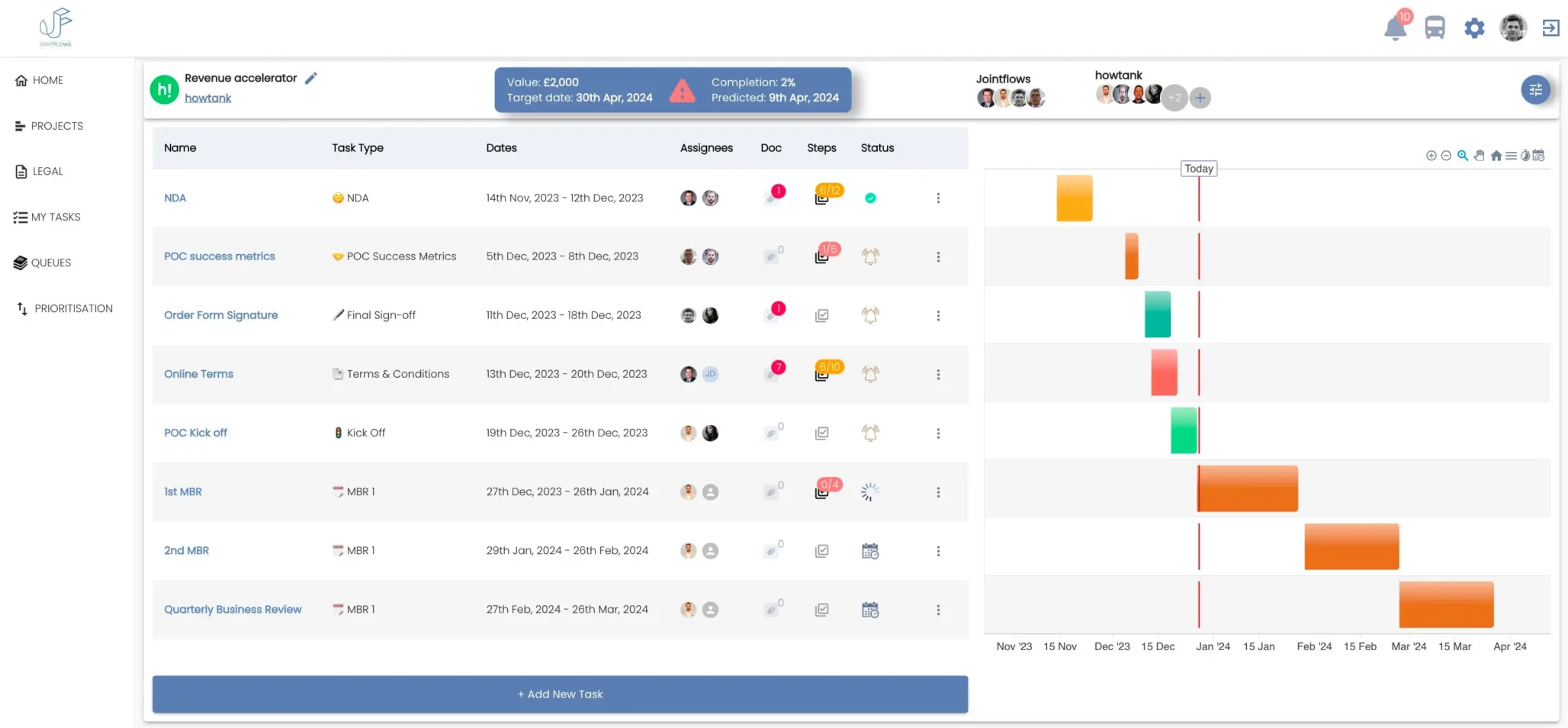
Standardizing playbooks ensures that everyone follows best practices to expedite deal progress. This approach brings uniformity and efficiency.
|
|
Before
|
After
|
|---|---|---|
|
Documented
|
|
Automated + Centralised
|
|
Tracked
|
|
Timed
|
|
Automated
|
|
Assigned + Prioritised
|
Find more information here: Playbooks
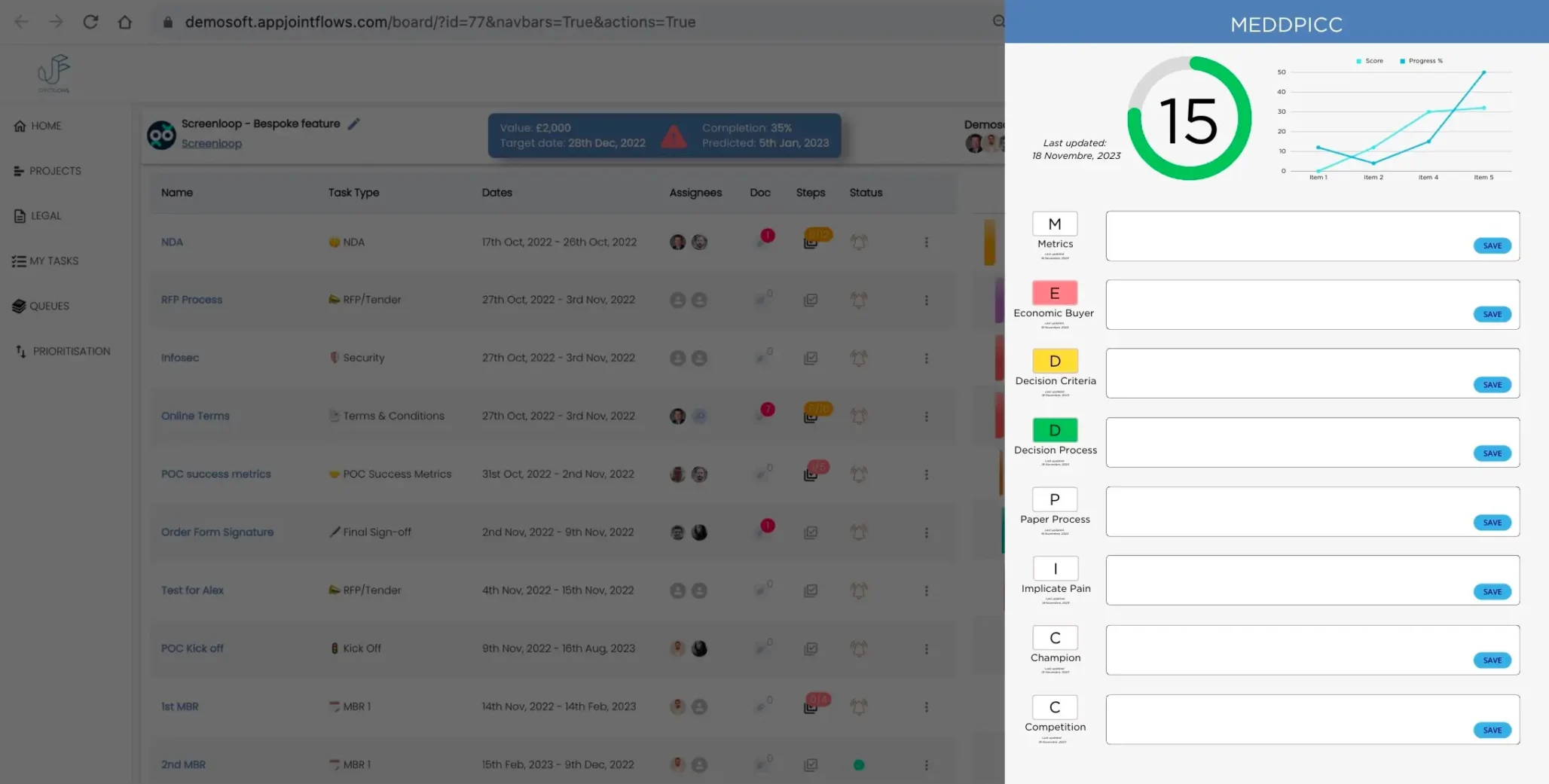
Ensuring that the entire team adopts a unified sales methodology creates a common language and understanding internally. It improves the forecasting accuracy.
|
|
Before
|
After
|
|---|---|---|
|
Forecasting
|
Biased
|
Consistent
|
|
Conversion rate
|
Fluctuating
|
Stable
|
|
Qualification
|
Inconsistent
|
Cohesive
|
Find more information here: Drive MEDDIC Adoption
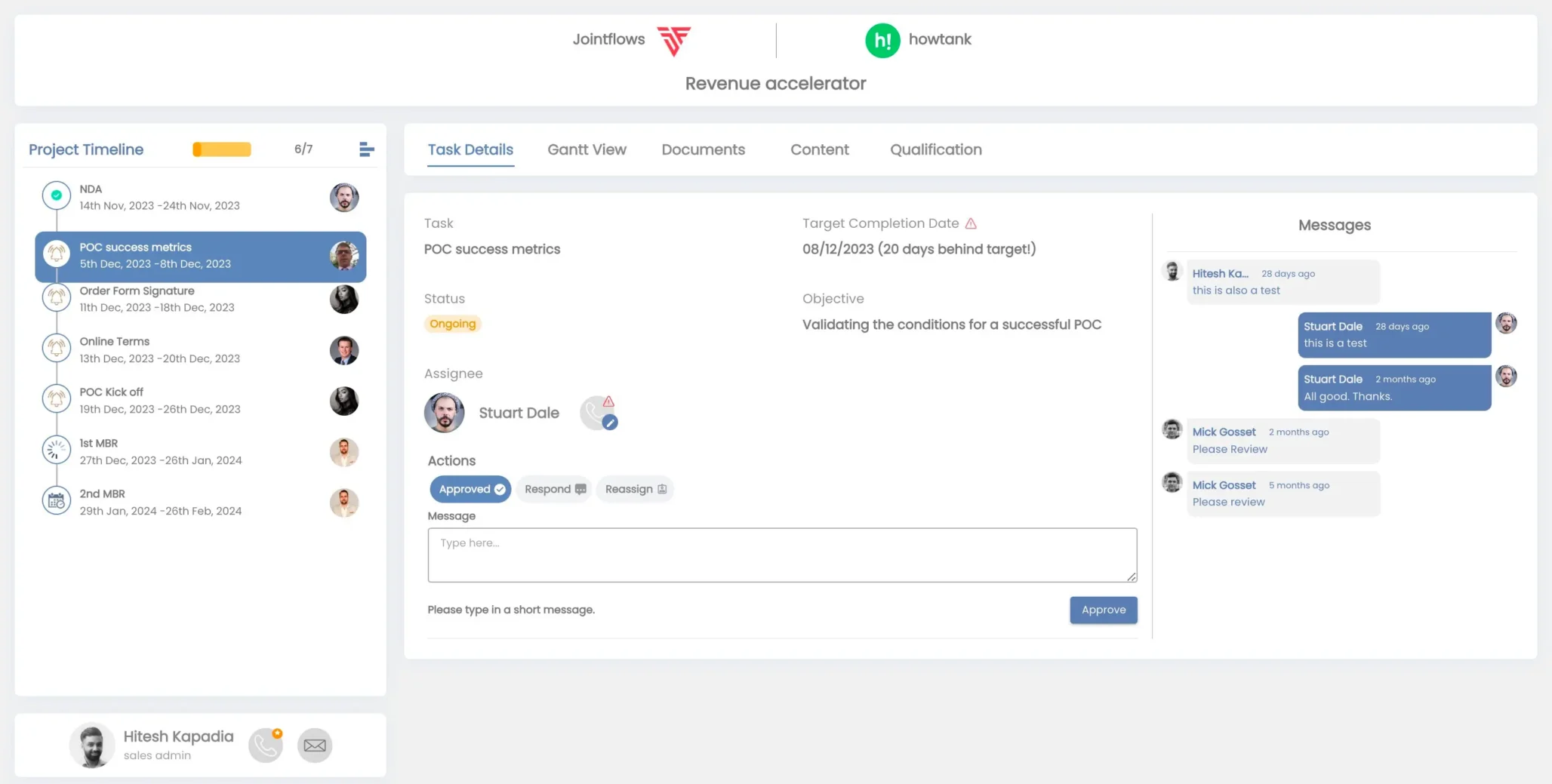
Aligning both external and internal teams is crucial for smooth execution and avoiding last-minute surprises.
|
|
Before
|
After
|
|---|---|---|
|
Efficiency
|
Low
|
High and Accelerating
|
|
Sales Cycles
|
Unpredictable
|
Fast
|
|
Prioritisation
|
Manual
|
Smooth and Automated
|
Find more information here: Align Teams
Conclusion
Deal slippage can be prevented by a combination of factors:
Tight deal execution through standardizsed but agile playbooks
Sales methodology adoption to qualify deals consistently across individual contributors
Efficient team alignment and constant deal de-risking
Do you want to stop deal slippage? Let's speak!
Before using Jointflows, I didn't realize we were collectively failing at closing deals.

Gregoire Blond
Tinyclues



